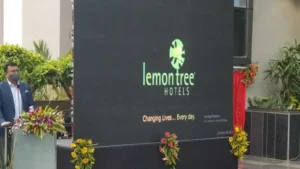Water from the Yamuna River is still pouring into Delhi through gaps in the regulator, exacerbating the city’s already dire flood conditions. Delhi Minister Saurab Bharadwaj said on Friday that water from the Yamuna River is still seeping through the cracks in the regulator of the Irrigation and Flood Management Board. Regulators were hit near the Indraprastha bus station and near the WHO building at Drain 12, aggravating an already dire situation.
Floods reached near the Supreme Court by Thursday night due to regulatory failures causing the Yamuna River to back up into the city and a possible backflow of water from sewers. Parts of Mathura Road and Bhagwan Das Road near the High Court were flooded. Kejriwal said the intrusion has caused flooding in and around the ITO.
“I have instructed the Secretary General to seek assistance from the Army/NDRF, but this issue requires urgent attention,” he tweeted.
Irrigation and Flood Control Minister Bharadwaj of the AAP-led Delhi government rushed to the scene on Thursday evening to monitor the unfolding situation.
“Following the direction of CM Arvind Kejriwal, Minister of Irrigation and Flood Control Saurab Bhardwaj is now personally on the scene and personally monitoring the overall situation. There are,” the government said. Delhi said in a statement. According to the latest update, although the water is now reaching the entrance of the Supreme Court, the Yamuna river level has dropped to 208.44 meters at the old iron bridge as of 7 am today, compared to 208.66 meters as of 8 pm last night. Met. Highest value ever measured.
“Our team has been working all night to repair the damaged #12 drainage regulator near the WHO building,” Bharadwaj tweeted. “Nevertheless, water from Yamuna enters the city through this crack.
Bhardwaj also said Kejriwal will visit the ITO at 11am to inspect the drain regulator.
lack of drinking water
The city is also facing drinking water shortages as flooding forced three water treatment plants to shut down. The Delhi government said flooding at a pumping station in Wajirabad had disrupted the operation of Wajirabad, Chandrawal and Okhla water treatment plants, reducing water supply by 25%.





